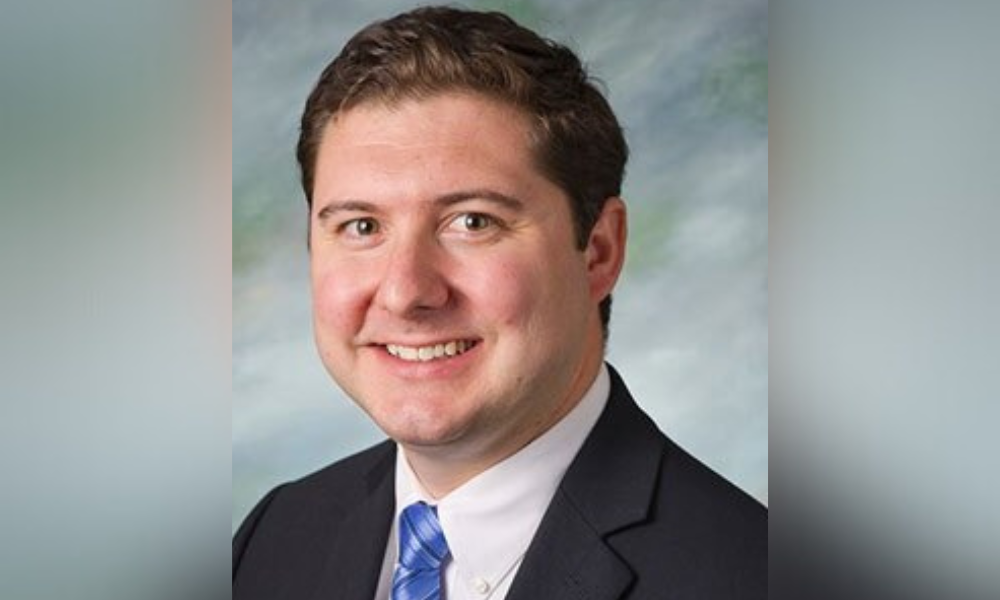Flame-proof finances: Battling the blaze in California’s homeowners’ insurance market

Flame-proof finances: Battling the blaze in California’s homeowners’ insurance market | Insurance Business America
Property
Flame-proof finances: Battling the blaze in California’s homeowners’ insurance market
‘We’re adapting to a newer way of how insurance carriers are writing business in the state of California’
Wildfire-ravaged regions across California have transformed the homeowners’ insurance market into a volatile battleground. Kirk Schneider (pictured), of Monarch E&S Insurance Services, told Insurance Business that the tumultuous landscape of Californian homeowners’ insurance remains reliably unpredictable.
“It’s definitely ever changing,” he explained. “We’re adapting to a newer way of how insurance carriers are writing business in the state of California. The current state of the market is changing frequently, with updated guidelines that are more restrictive with requesting more preventative measures to be put in place for the home.”
This adaptation is largely driven by the continuous evolution of how insurance carriers approach writing business in wildfire-prone regions of California. The introduction of new guidelines and rules is a frequent occurrence, forcing insurers and brokers to stay agile and responsive.
Battling the blaze in California’s homeowners’ insurance market
One notable trend is the influx of business from admitted carriers who are choosing not to renew policies. This shift has significantly increased activity for Monarch E&S.
“With the amount of business coming from the admitted carriers non-renewing, we’ve seen an influx of business on our side,” Schneider explained, highlighting how the changing landscape has created both challenges and opportunities for insurers specializing in high-risk areas. “The key is to have the market relationships available and to know their appetite.”
And further changes among carriers are almost palpable. Some are now offering wildfire deductibles or sub-limits, which provide more options, such as lower premiums or increased capacity in specific regions.
“For example, some of our carriers are now offering separate wildfire deductibles or wildfire sub-limits, which is opening up more options for us – whether that be lower premiums or more capacity in certain areas,” added Schneider. “That has been a recent change, which has been helpful.”
This flexibility allows insurers to cater to a broader range of clients and adapt to the unique demands of the California market.
High-net-worth individuals represent a significant portion of Monarch E&S’s business. As Schneider points out: “I’m seeing much of my business in the high-net-worth space. The California FAIR Plan goes to $3 million – so many of those policies default to that due to a more reasonable premium, but once you go past that threshold of $3 million, E&S carriers likely will be the option to offer full limits. This is where we see a lot of our business catering to the high-net-worth market.”
‘I’m seeing a lot of multifamily units being non-renewed by admitted carriers’
This demographic’s need for more extensive coverage drives a substantial part of the portfolio, requiring creative solutions such as layering policies to ensure comprehensive protection.
The multifamily unit market also presents unique opportunities and challenges. Schneider notes a trend where duplexes and multifamily units often do not meet the criteria for preferred markets, which end up going to E&S carriers.
“I’m seeing a lot of multifamily units being non-renewed by admitted carriers, which has been beneficial since a lot of those units are not in wildfire areas,” he said, emphasizing the importance of balancing the portfolio with properties that are not an immediate risk of wildfires. This strategy not only diversifies risk but also appeals to carriers looking for a more stable investment.
And, when it comes to new construction, there is a growing emphasis on mitigation measures like sprinklers and defensible space. However, Schneider cautions that these improvements, while beneficial, do not necessarily translate into easier insurance acquisition.
“It’s a benefit, but it may not help with getting insurance,” he explained. “Homes with sprinklers, ember resistant vents, mitigation for defensible space, etc., are beneficial, but many carriers seem to be more focused on the location of the risk instead of factoring in all the wildfire mitigating measures a home has.”
Yet despite technological advancements and stricter building regulations aimed at reducing wildfire risk, the primary concern for insurers remains the geographic location and its inherent exposure to wildfires.
Innovation in underwriting and risk assessment is crucial in this environment. Schneider highlights the challenges posed by the sheer volume of business coming in, particularly as non-renewals surge. Unlike preferred markets that use automated systems to filter risks by zip code, Monarch E&S underwrites each home individually.
“I think that’s a big challenge,” admits Schneider “Getting to every submission as these non-renewals are coming in.”
And so, to manage this workload and enhance efficiency, Monarch E&S leverages technology and a geographically diverse team.
“We are leveraging all sides of Monarch with offices across the country, we’re building off each office to provide more opportunities to our retail broker customers, as well as opening up more capacity with our carrier partners,” he said.
Related Stories
Keep up with the latest news and events
Join our mailing list, it’s free!






